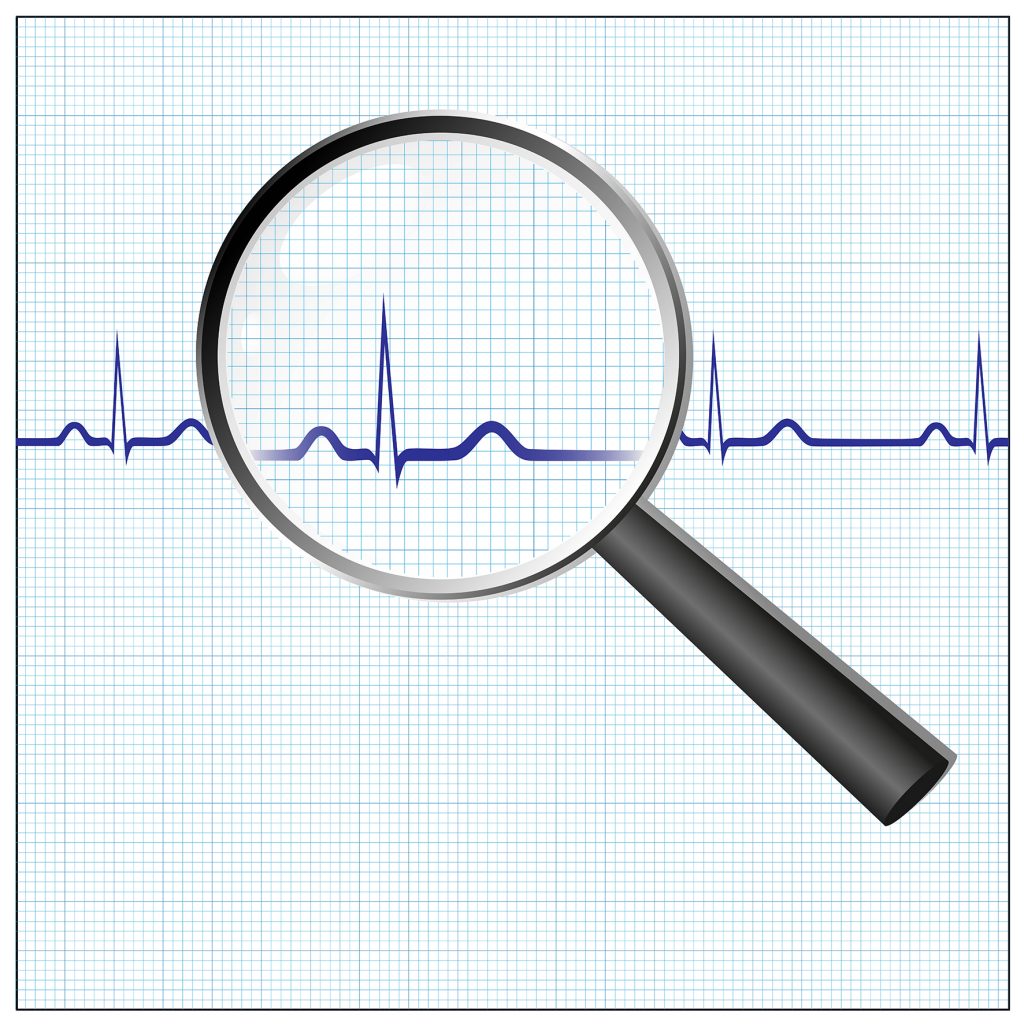Arq. Bras. Cardiol. 2023; 120(3): e20230091
Chasing New Non-Invasive Parameters to Predict Atrial Fibrillation after Radiofrequency Catheter Ablation
This Short Editorial is referred by the Research article "Left Atrial Appendage Volume Predicts Atrial Fibrillation Recurrence after Radiofrequency Catheter Ablation: A Meta-Analysis".
The Framingham Heart Study showed that the incidence and prevalence of atrial fibrillation (AF) are increasing globally, with the prevalence increasing more than 3-fold from 1958 to 2007. In 2017 there were 37.57 million prevalent cases and 3.05 million incident cases of AF globally, contributing to 287241 deaths. Notorious that the estimation shows that these numbers may further increase in the future. The projection shows that only in the USA, 12.1 million people by 2050 may have AF. According to the 2020 European Society of Cardiology Guideline, AF is defined as a supraventricular tachyarrhythmia with uncoordinated atrial electrical activation and ineffective atrial contraction. Electrocardiographic characteristics of AF include irregularly irregular R-R intervals (when atrioventricular conduction is not impaired), absence of distinct repeating P waves, and 3 irregular atrial activations. The clinical diagnosis in symptomatic or asymptomatic AF patients is performed by surface electrocardiogram (ECG), with a minimum 30 s duration of an ECG containing a typical AF tracing.
Even though a clear definition of the clinical diagnostic of AF exists, however, at least five patterns of AF are distinguished, which are based on presentation, duration, and spontaneous termination of AF episodes., Most likely, the variety of clinical AF manifestations is related to the etiology of the disease, which is not fully elucidated yet. Several AF development and progression predictors exist, and the most relevant are body mass index, heart rate, age, systolic blood pressure, history of hyperthyroidism, stroke, and heart failure. Due to the complex nature of AF, proper patient management is challenging, which implies, in an ideal situation, a coordinated and well-defined agreement between patient-individualized care pathways to deliver the most adequate and optimized treatment. The current treatment approach for AF patients consists of the A(trial fibrillation), B(etter), C(are), a.k.a the (ABC) holistic pathway, which encompasses: the ‘A’ Anticoagulation/Avoid stroke; ‘B’ Better symptom management; and ‘C’ Cardiovascular and Comorbidity optimization. It is important to stress that the treatment is also subject to change over time, mostly because of the discovery of new risk factors, disease progression, symptoms, diagnostic tools and methods, predictors, and the development of new treatments.
[…]
337

